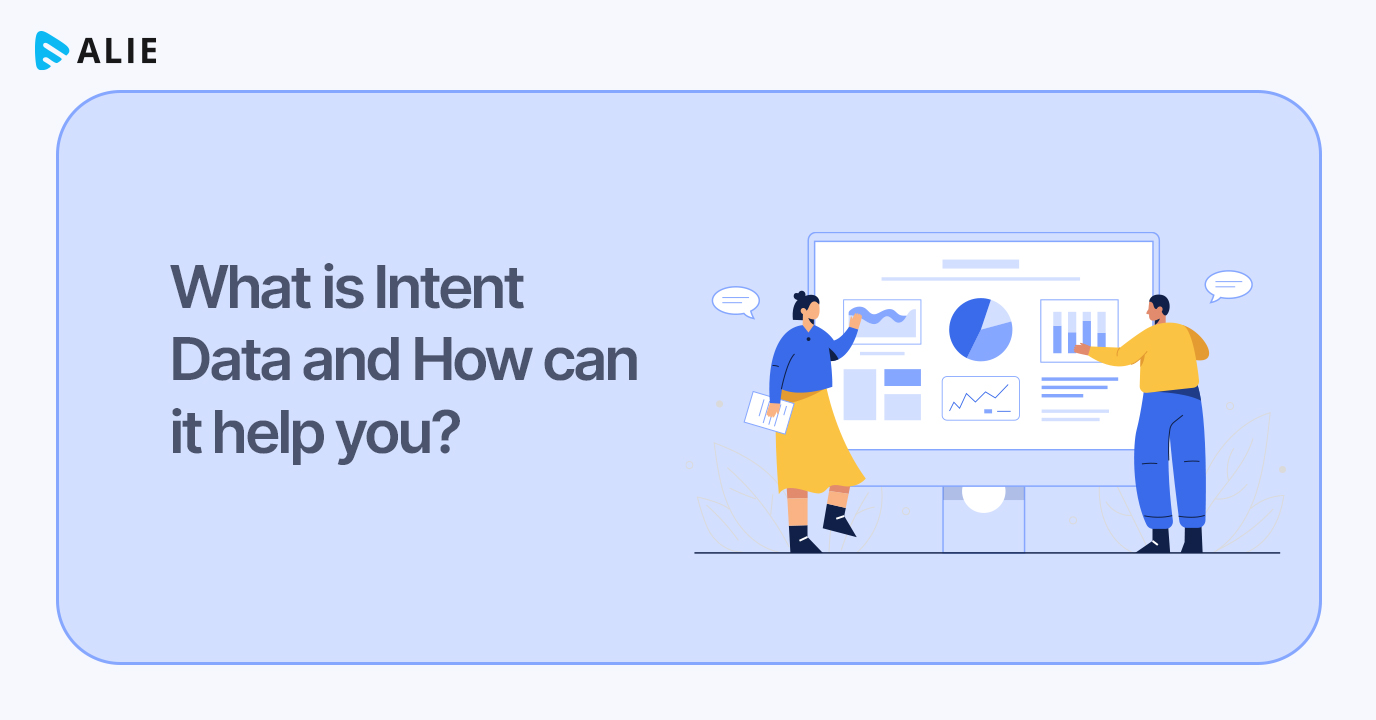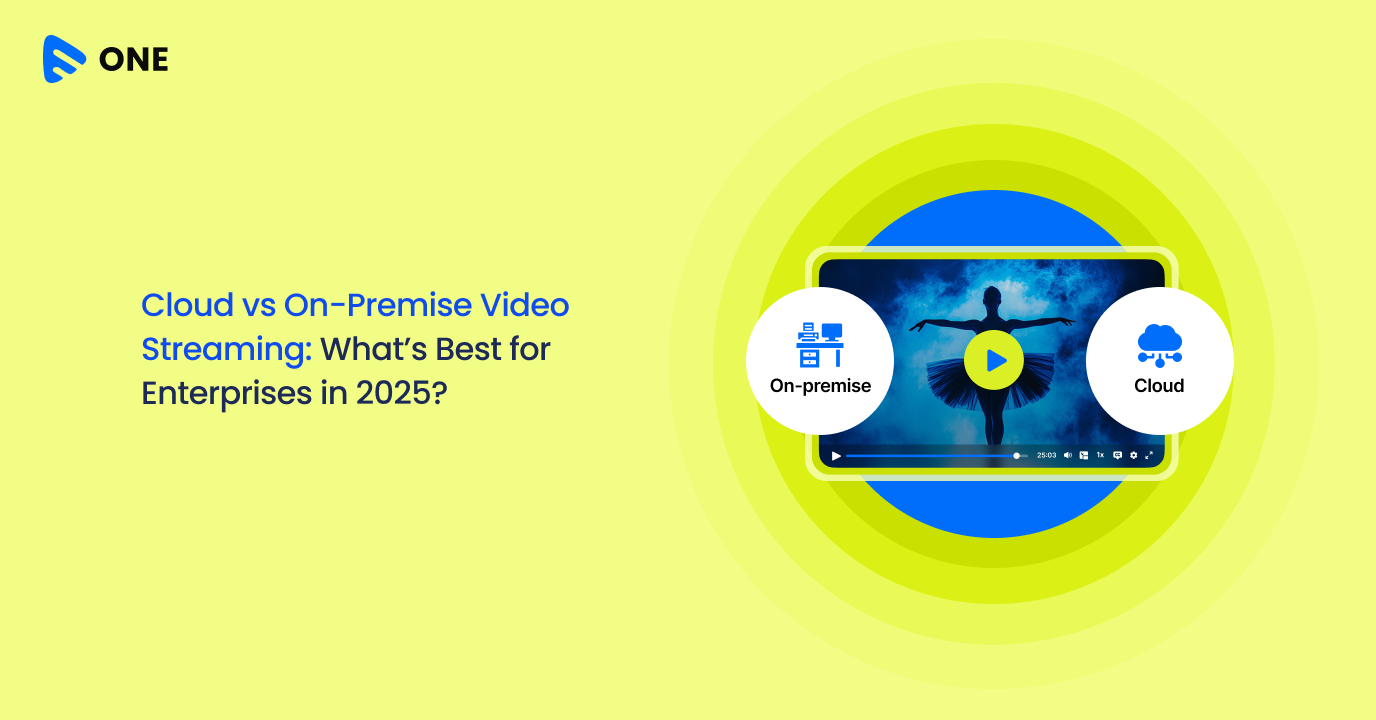Are you unable to find out the business requirements and purchase intent of your targeted digital audience? Intent data is a set of data that shows what an individual is interested in and what they are probably going to add to the cart or buy next. When any user goes online and searches for a particular product on a website, they are tactically expressing their interest in a particular product or category. For example, individuals who are reading out this blog post have an interest in the topic intent data. If the user continues to read more and more blog posts on Intent Data, then it is obvious that that particular user is highly interested in Intent Data. Buyer’s Intent Data provides vast insight into a user’s behavior with the use of intent signals. This ultimately helps business owners to pitch their prospects with the right offerings at the right moment.
What is Intent Data?
Intent data is a data set that includes all the information about a person’s online behaviors. It specifies what topic, product, or service a user might be interested in and would like to buy shortly. It gives business owners a clear vision of buyers’ perceived intent. Intent data allows the marketing team to emphasize a certain group of people based on their interests. Businesses can take the advantage of gaining deeper insights into the consumer buying process and accordingly better tailor marketing strategies to meet the needs of their targeted audience. We can measure buyer intent data through several behavioral indicators such as:
- Reading a particular article on your website
- Comparison of products and browsing reviews of the several users
- Frequency of the visit and how often they visit
- Downloads (Whitepapers, case studies, eGuides)
- Engagement rates (time spent on site, clicks, email open rate)
If I were to put it in simple terms – Buyer Intent Data is the information about a lead that is actively researching online before making a purchase.

Where does Buyer intent data come from?
Buyer intent data comes from tracking the content consumption of buyers. The data which comes from internal sources (internal web pages or digital channels) are known as First party intent data. And the data which comes from external sources (outside of your organization) is known as third-party intent data.
Four components of intent data:
A huge and wide source of content –
Content is an essential element of the B2B buyer journey. Content includes blog posts, videos, and gated assets serving as pathways to specific solutions or else product endpoints. People consume content to solve a problem or business need and tracking this consumption in the early stage of the campaign can help you find out buyer intent.
Content Tagged with topic metadata –
Contents published online should be made machine-readable to track the content consumption and find out buyer intent. Descriptive metadata such as topics in the form of people, places, products, concepts, companies, etc, added to content gives it context which is then used to infer the intent of the consumer.
Technology that records individuals –
To create an intent dataset, you need the ability to understand a buyer, Typically, this is done with a browser cookie. In any third-party site, the individual IP address is logged to identify the company they belong to. And in one owned site, this can be knitted to CRM or marketing automation software.
Technology that tracks the audience –
Once the browser cookies of any individual are collected, metadata around the content is used to build an interesting profile. Interest profile is the collection of topics that grow as the content journey progresses and thus exhibiting buyer intent.
Difference Between First-Party and Third-Party Intent Data
The first and the most major difference between first and third-party data is that the first party intent data is your own set of data, the unique set of competitive data on your consumers that no one else has and the third-party data is the data collected from any third-party website and that means, your competitors have access to the same dataset. To gain a competitive edge, consider using a web scraper API to gather and analyze data from multiple sources efficiently.
Additionally, all the third-party data comes with opt-in concerns – how did that third-party data provider obtain the data? If you came to know vendors saying that they have third-party consent, you must be wise to think about it once because there crucial GDPR concerns with personal data used without permission.
Applications of First-Party Intent Data
First-party intent data can be used in many scenarios to drive engagement and maximize revenue for your digital business. Let’s start discussing various possible applications of the first part data:
Data creation on each part of the digital audience
Usually, B2B businesses have a data gap. Five percent of the audience is CRM identified and the rest 35% can be identified as an account based on the reverse IP lookup. And what about the left out 60% who might include target buyers. That means there is a data gap in the audience about whom you just don’t know what they are interested in or how to engage them? Here comes the first part of intent data into the play. It gives you insight into each visitor to your platform allowing you to generate data on each part of your digital audience.
Recognize Buyer’s intent at a granular level
Third-party data providers use simplified terms that cover broad topics at the account level. However, first-party data sets offer you the capability of tailoring topic taxonomies to suit your specific business requirements. It can recognize millions of topics from your content and use it to build an interesting profile that envisions the buyer’s intent.
Personalizing visitor’s website browsing experience
When an individual visits your website without filling out the form, then their activities on your digital platform are considered to be anonymous. However, buyers are not completely anonymous. With the help of the right tools, you can recognize the business or industry the visitor belongs to based on IP address alone. But again, the visitor is still considered to be anonymous on a personal level. You don’t identify who they are and what their intent is.
First-party intent data can help businesses identify anonymous visitors on the website and track the pages they visit. With this information, you can use the web personalization method to serve customized content to appeal to them to take a specific action. Anonymous personalization helps encourage visitors to identify themselves through a form fill-up procedure which will help the marketing and sales team to get in touch with them.
Identified leads with personalized email campaigns
Job titles and other information in the B2B industry were not standardized earlier. It frequently changes and often gives no real insights into the seniority, buying potent, or even particular functions that a leader serves within their organization. This frequently results in inappropriate categorization, sending unqualified leads to sales, and delivering irrelevant content to leads.
First-party intent data recognizes the context as well as buyer role within their organization along with the topics they are interested in. This will help you precisely classify leads and place them in the appropriate nurture campaign.
Elimination of manual effort in marketing processes
The foremost advantage of using first-party intent data to power marketing processes is that it eliminates the manual efforts involved with composing omni channel demand generation. First-party intent data eradicates the need to manually build segmentation and decision rules to program the content that is conveyed through emails or else served on the website. AI leverages this data to automatically choose the next best content for each consumer and make personalized content recommendations. It signifies that marketers are free to focus on more strategic tasks.
Observe the intent of each buyer
Third-party intent data providers limit themselves at the account level due to privacy and governing limits but first-party data is your audience interaction individually on your platform. First-party data helps businesses find out different buyers within an account with their intent and also provides you competitive benefits with a unique set of data that your competitor doesn’t have.
Summary
Buyer intent data has essentially changed how lead nurturing is done. Having the power to actively target your audience and personalize their buying experience is something unique and has a positive impact on every industry. Gone are those days of sending spam emails and mass outreach with a low conversion rate. We have entered the era of automation which has brought the age of savvy marketers to the limelight.
Personalize your platform with AI-based content recommendations!
Integrate Alie with your website or application to provide personalized recommendations to your audience. This makes nurturing leads and active users even easier and enhances the engagement rate on your platform. The real-time recommendation is something that gives marketing operations a helping hand and thus provides a higher conversion rate. Alie provides a personalized user experience within your website and applications. Its machine learning algorithm is specifically designed to analyze user/buyer intent and recommend personalized items or contents in real-time. Start a 14-days free trial to see how it can leverage audience engagement on your platform.


















Add your comment